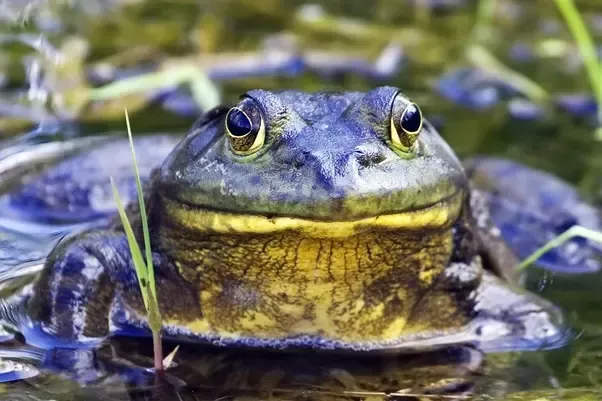Sleep is a vital process for most living beings, but not all animals need it to survive. Some animals have evolved to stay awake for their entire lives, or at least for very long periods of time. These animals have different strategies to cope with the lack of sleep, such as having multiple brains, switching off half of their brain, or relying on constant movement. Here are some examples of animals that never sleep, or sleep very little.
12. Jellyfish
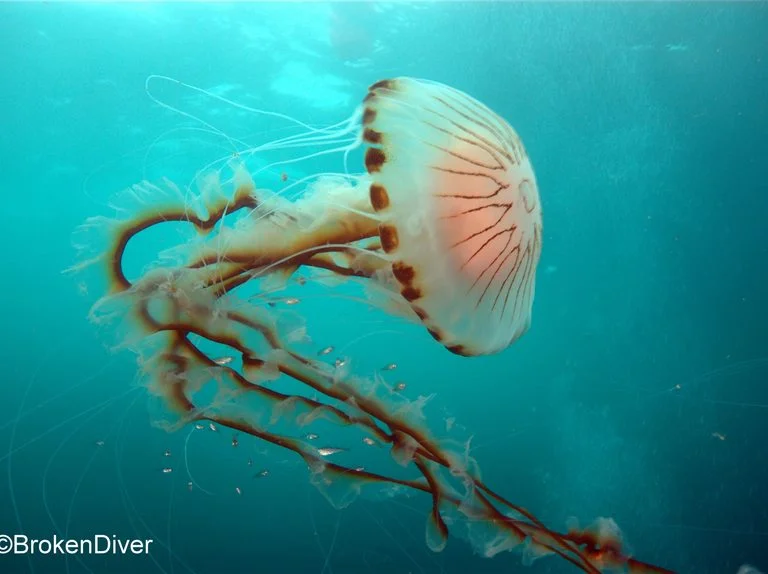
Jellyfish are simple creatures that lack a central nervous system, a brain, and eyes. They have a network of nerve cells that allow them to sense their environment and react to stimuli, but they do not have a complex brain that requires sleep. Jellyfish can move by contracting their bell-shaped bodies, or by drifting with the currents. They feed on plankton and other small organisms, and some species can sting their prey with venomous tentacles. Jellyfish are found in all oceans, and some can even live in freshwater.
11. Baby Dolphins and Baby Orcas

Dolphins and orcas are marine mammals that belong to the cetacean family. They have large brains and high intelligence, and they need to sleep to rest and consolidate their memories. However, they cannot sleep like land mammals, because they need to surface regularly to breathe air. Instead, they have a special adaptation called unihemispheric slow-wave sleep (USWS), which allows them to sleep with one half of their brain at a time, while the other half remains awake and controls their breathing and movement. This way, they can sleep without drowning or losing awareness of their surroundings. However, this adaptation is not fully developed in newborn dolphins and orcas. For the first few weeks or months of their lives, baby dolphins and orcas do not sleep at all. They swim constantly with their mothers, who also stay awake to protect them from predators and teach them how to survive. This is a critical period for their development and bonding, and they cannot afford to lose any time to sleep. Eventually, they learn how to use USWS and start sleeping for a few hours a day.
10. Sharks
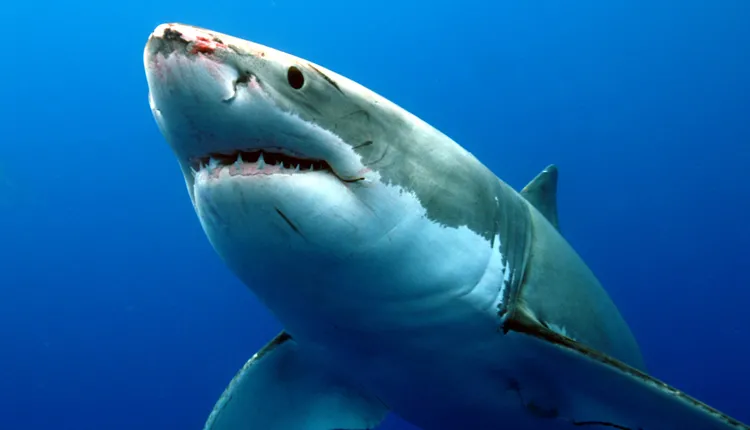
Sharks are cartilaginous fish that have been around for more than 400 million years. They are apex predators that hunt and scavenge for food in the oceans. Sharks have a variety of adaptations that help them survive in different environments, such as electroreception, lateral line system, ampullae of Lorenzini, and gill slits. Some sharks also have the ability to stay awake for long periods of time, or even indefinitely. Some sharks, such as great white sharks, tiger sharks, and hammerhead sharks, need to keep moving constantly to force water through their gills and obtain oxygen. This is called ram ventilation, and it prevents them from sleeping like other fish. Instead, they may enter a state of torpor, which is a reduced level of activity and metabolism, but not a true sleep. Other sharks, such as nurse sharks, wobbegongs, and angel sharks, can pump water over their gills by opening and closing their mouths. This is called buccal pumping, and it allows them to rest on the seafloor without moving. However, even these sharks do not seem to enter a deep sleep like other animals. They remain alert and responsive to stimuli, such as touch or smell.
9. Great frigatebirds
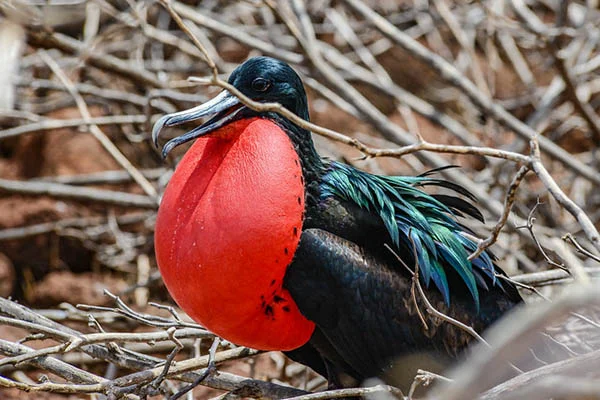
Great frigatebirds are large seabirds that can fly for weeks or months without landing. They have long wingspans and light bodies that enable them to soar effortlessly in the air currents. They feed on fish and squid that they catch from the surface of the water, or by stealing from other birds. They also drink seawater and excrete excess salt through special glands near their eyes. Great frigatebirds are able to sleep while flying, but only for very short periods of time. A study using electroencephalogram (EEG) devices attached to the birds’ heads found that they slept for an average of 41 minutes per day, mostly during night flights. They slept with one or both hemispheres of their brains at a time, depending on the flight conditions. They also slept with one eye open and one eye closed, presumably to maintain balance and avoid collisions. However, their sleep was very shallow and fragmented compared to other birds that sleep on land.
8. Horses
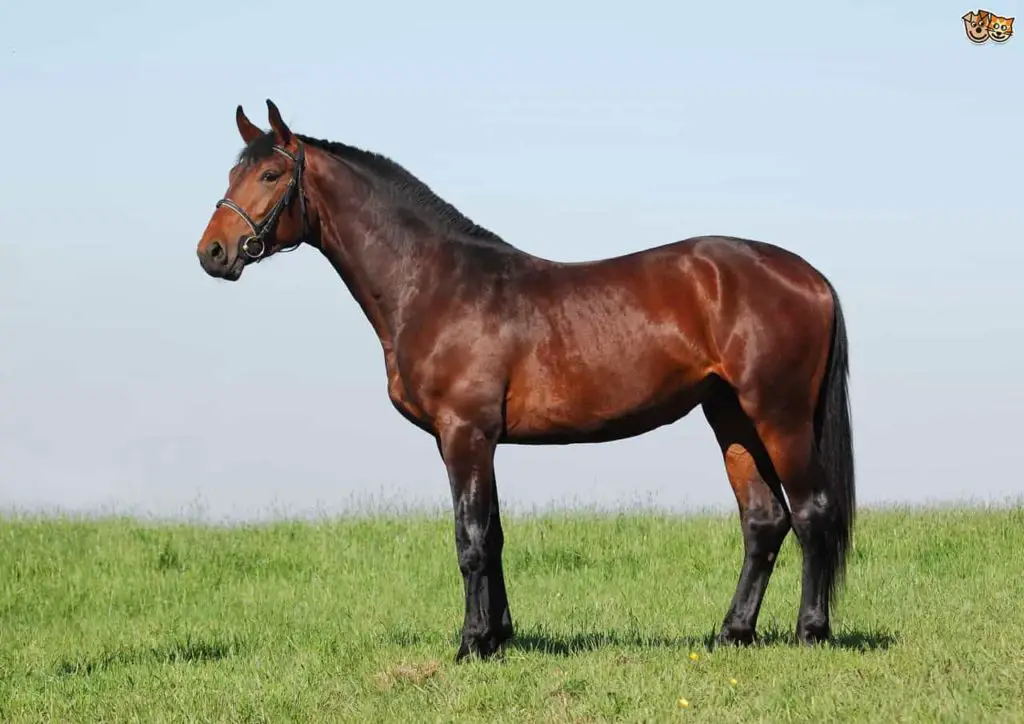
Horses are herbivorous mammals that belong to the equine family. They have been domesticated by humans for thousands of years for various purposes, such as transportation, agriculture, sports, and companionship. Horses have a complex social structure and communicate with each other through body language, vocalizations, and scents. Horses can sleep standing up or lying down, but they need both types of sleep to stay healthy.
When they sleep standing up, they use a system of tendons and ligaments in their legs that lock their joints and prevent them from falling over.
This way, they can rest their muscles and brains without losing balance or mobility.
However, this type of sleep is not very deep or restful, and horses cannot enter the rapid eye movement (REM) stage of sleep that is associated with dreaming and memory consolidation.
To enter REM sleep, horses need to lie down on the ground and relax their entire bodies.
However, this poses a risk for them, because they become vulnerable to predators and injuries.
Therefore, horses only lie down for a few hours per week, usually in a safe and comfortable place with other horses nearby to watch over them. Horses also need to get up quickly after lying down, because their large bodies can compress their organs and muscles and cause damage if they stay down for too long.
7. Giraffes
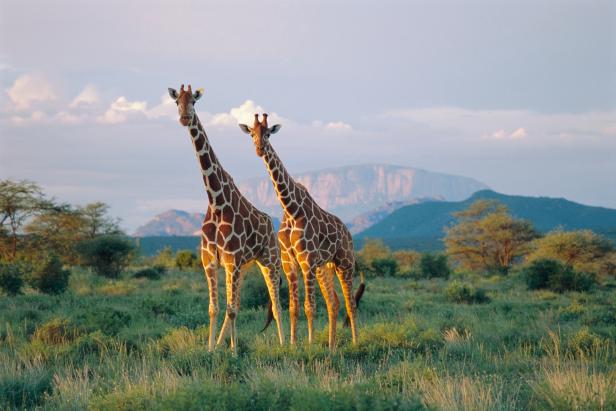
Giraffes are the tallest living terrestrial animals, with an average height of about 5 meters.
They have long necks and legs that help them reach the leaves of acacia trees, their main source of food.
They also have distinctive patterns of spots on their fur that serve as camouflage and thermoregulation.
Giraffes live in savannas and woodlands of Africa, where they face threats from lions, hyenas, and humans. Giraffes sleep very little compared to other mammals, because they need to stay alert and ready to escape from predators.
They also need to spend most of their time eating to meet their energy requirements.
Giraffes sleep for an average of 30 minutes per day, usually in short naps of a few minutes each.
They can sleep standing up or lying down, but both positions have disadvantages. When they sleep standing up, they can keep an eye on their surroundings and run away quickly if needed.
However, they cannot enter deep sleep or REM sleep in this position, and they may suffer from muscle fatigue and stiffness. When they sleep lying down, they can enter deeper stages of sleep and relax their muscles and necks.
However, they expose themselves to more danger and have more difficulty getting up if attacked.
They also need to bend their necks and tuck their heads under their legs or bodies to maintain blood pressure and circulation in their brains.
6. Alpine swifts
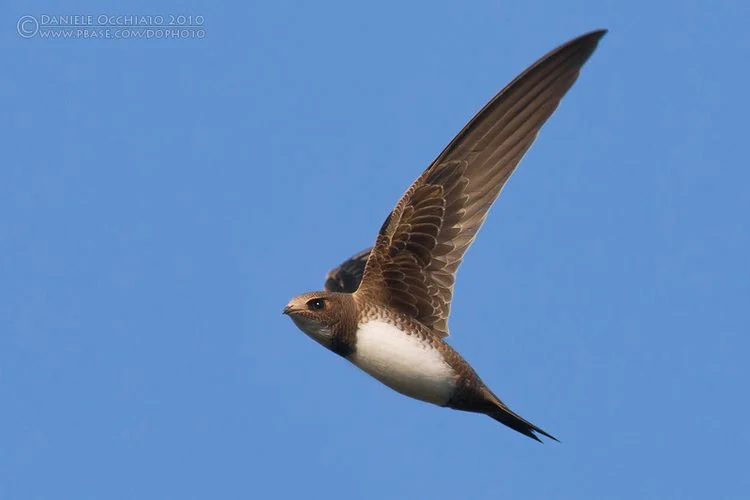
Alpine swifts are small birds that belong to the swift family.
They have long, narrow wings and short, forked tails that allow them to fly fast and agilely in the air. They feed on insects that they catch in flight, and they rarely land on the ground or perch on trees or buildings. They are migratory birds that breed in Europe and Asia and spend the winter in Africa. Alpine swifts are able to fly continuously for up to 10 months without landing, according to a study using miniature data loggers attached to the birds’ backs. The data loggers recorded the birds’ flight activity, altitude, acceleration, and direction, and revealed that the birds did not stop flying even at night or during bad weather.
The researchers speculated that the birds may sleep while flying, by gliding at high altitudes and shutting down parts of their brains for short periods of time. However, this type of sleep is likely very brief and light, and the birds may rely on other mechanisms to cope with the lack of sleep, such as reducing their metabolism or enhancing their antioxidant defenses.
5. Bluefish
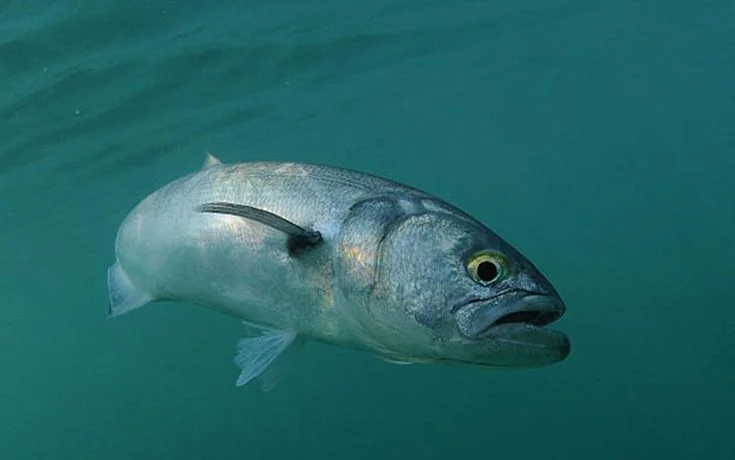
Bluefish are predatory fish that belong to the pomatomidae family. They have streamlined bodies, powerful jaws, and sharp teeth that enable them to hunt and eat other fish, squid, crustaceans, and even seabirds. They are highly migratory and travel in large schools across the oceans. They are also known for their aggressive behavior and voracious appetite, which sometimes leads them to attack humans or each other. Bluefish do not sleep at all,
because they need to keep swimming constantly to maintain oxygen levels in their blood and tissues.
They have a special adaptation called obligate ram ventilation, which means that they must force water through their mouths and gills by moving forward at a certain speed.
If they stop swimming, they will suffocate and die. Therefore, bluefish never rest or enter any state of reduced activity or awareness.
4. Ants
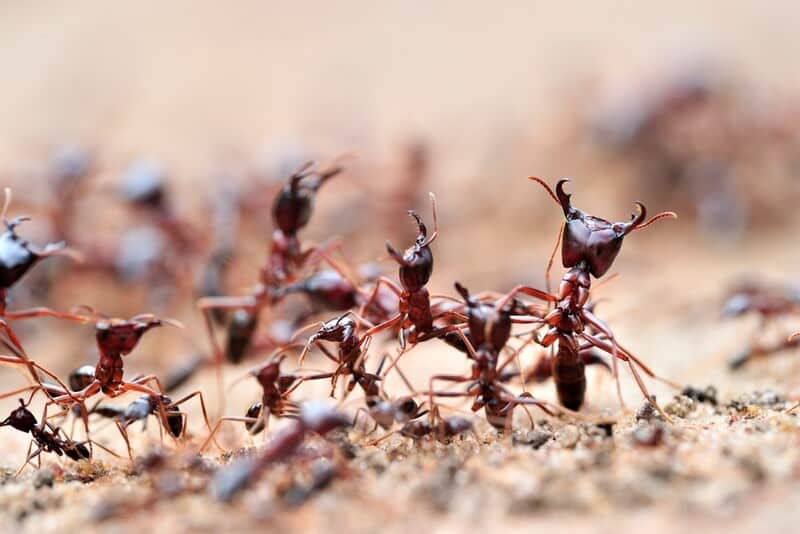
Ants are social insects that belong to the formicidae family. They live in colonies that can contain millions of individuals, each with a specific role and function.
They communicate with each other through chemical signals called pheromones, and they cooperate to perform tasks such as foraging, building, defending, and reproducing. Ants are found on every continent except Antarctica, and they can adapt to various habitats and climates. Ants do not sleep in the conventional sense, because they do not have a circadian rhythm or a regular cycle of activity and rest.
Instead, they have a series of brief naps throughout the day and night, each lasting for a few seconds or minutes.
3. Honeybee
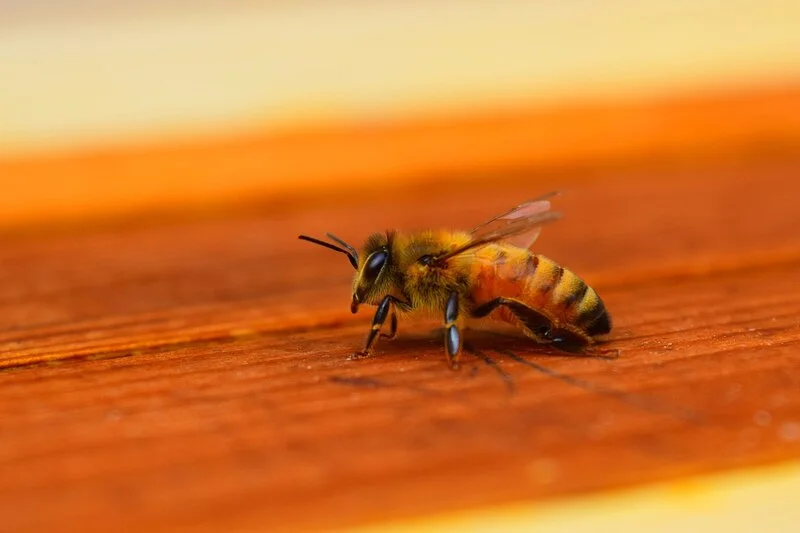
Honeybees are social insects that live in colonies with a complex division of labor. They have different roles depending on their age and the needs of the hive. For example, young bees are responsible for cleaning and feeding the larvae, while older bees are foragers who collect nectar and pollen. Honeybees do not sleep in the conventional sense, but they do have periods of rest and inactivity. During these times, they remain alert and ready to respond to any threats or opportunities. Honeybees can adjust their rest patterns according to the season and the availability of food sources.
2. Fruit fly
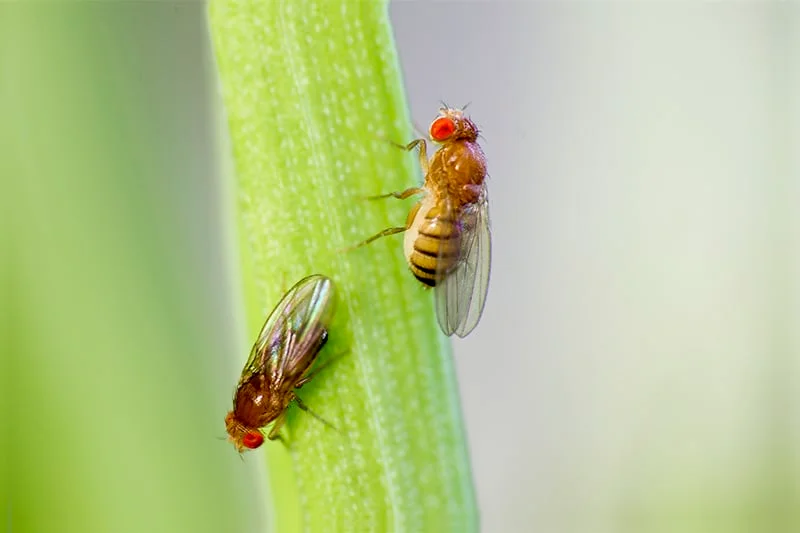
Fruit flies are small insects that feed on rotting fruits and vegetables. They have a short lifespan of about 40 days, and they spend most of it reproducing and laying eggs. Fruit flies do not have a circadian rhythm, which is the biological clock that regulates sleep and wake cycles in most animals. Instead, they rely on external cues such as light and temperature to determine when to be active or inactive. Fruit flies can adapt to different light-dark cycles and even switch to a nocturnal lifestyle if necessary.
1. Bullfrogs
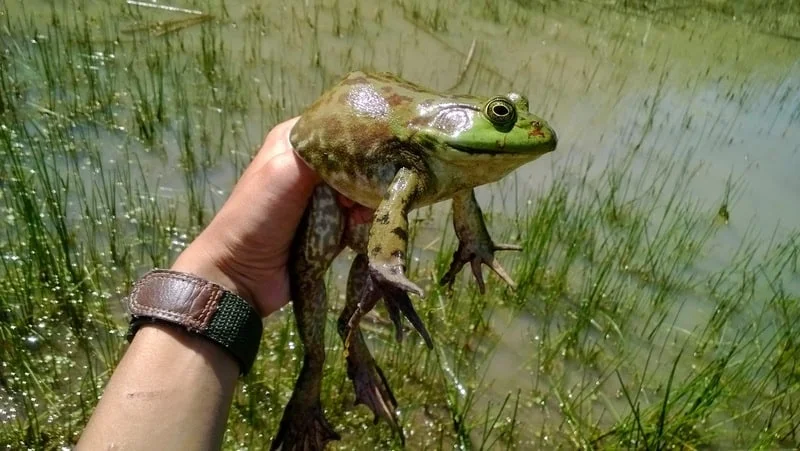
Bullfrogs are amphibians that live in wetlands and ponds. They are known for their loud croaking sounds that can be heard at night. Bullfrogs do not sleep at all, but they do enter a state of torpor during the winter. Torpor is a form of hibernation that reduces the metabolic rate and body temperature of an animal. During torpor, bullfrogs bury themselves in the mud and slow down their breathing and heart rate. They can survive for months without food or oxygen until the spring arrives.
These are just some of the animals that never sleep, or at least not in the way we do. They have developed remarkable adaptations to cope with their environments and lifestyles. Sleep is still a mystery for many scientists, but studying these animals can help us understand more about its functions and evolution.
